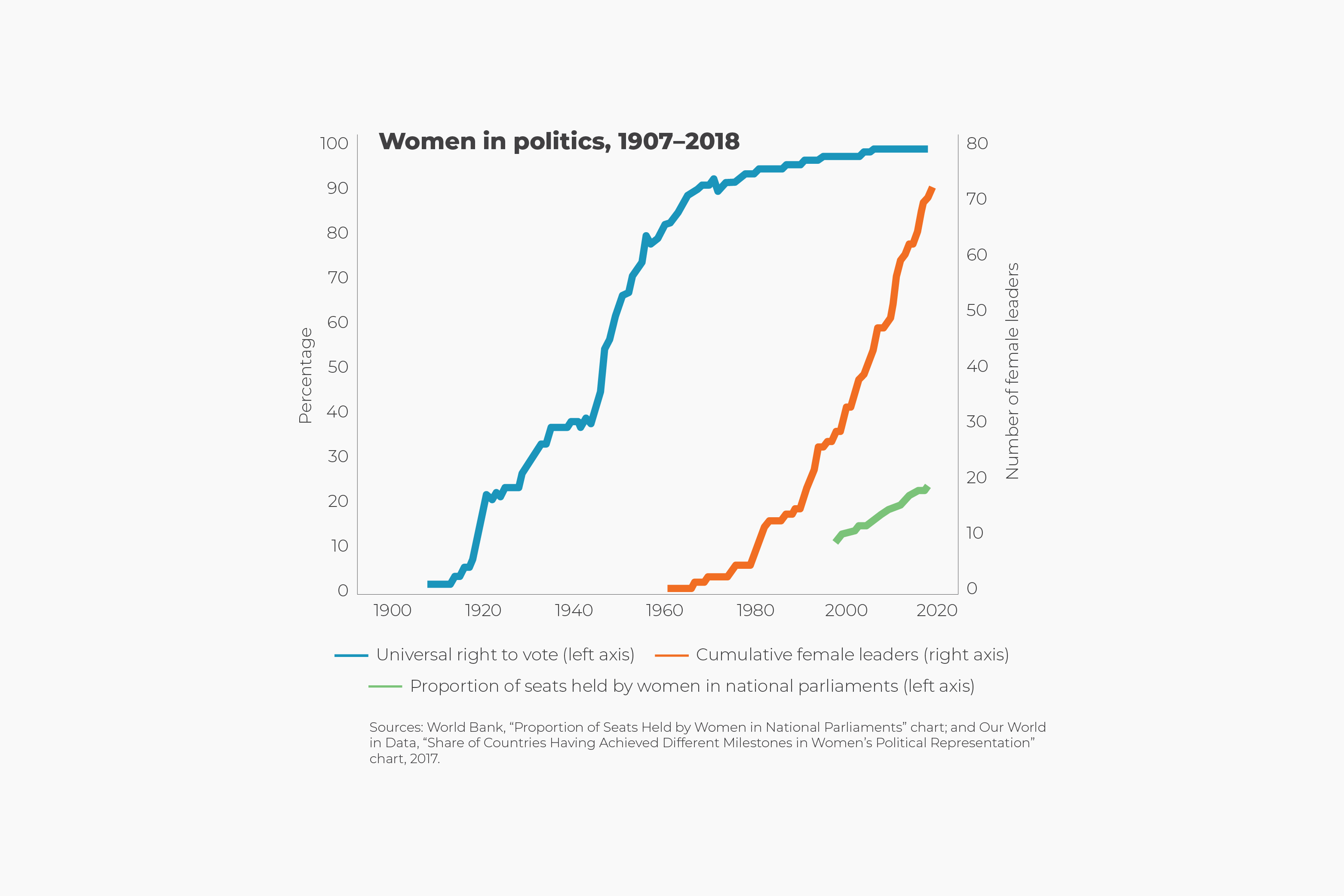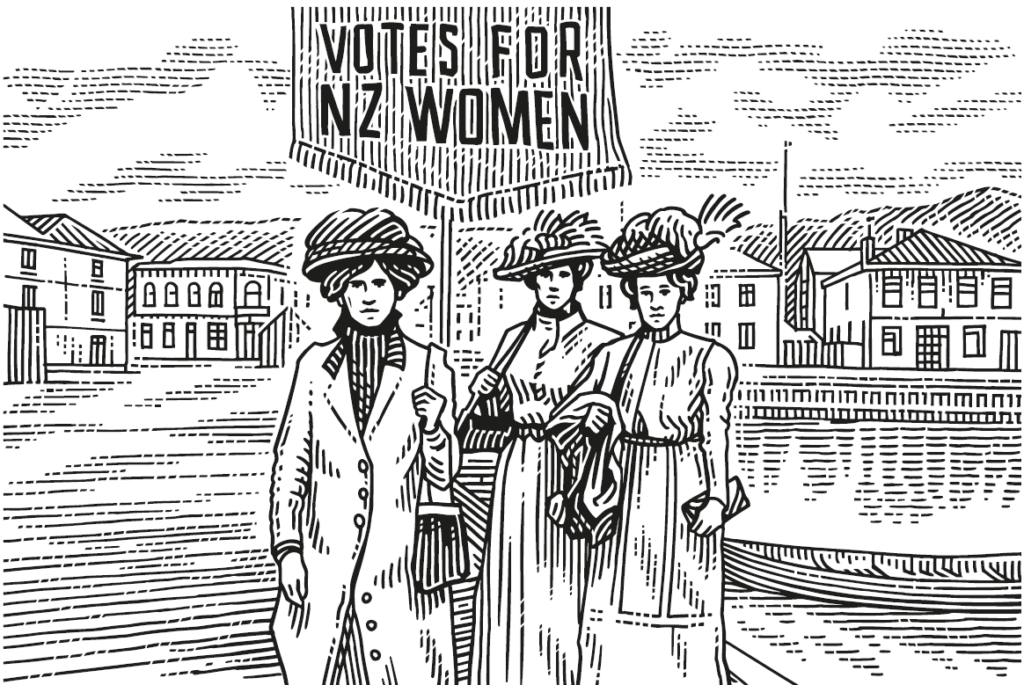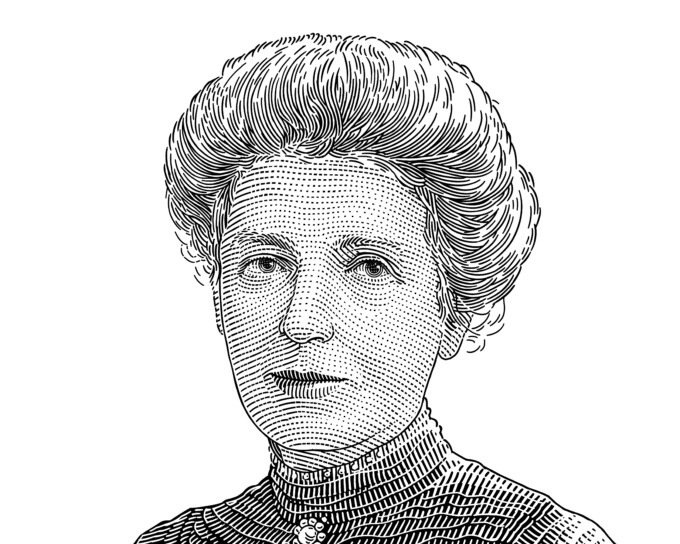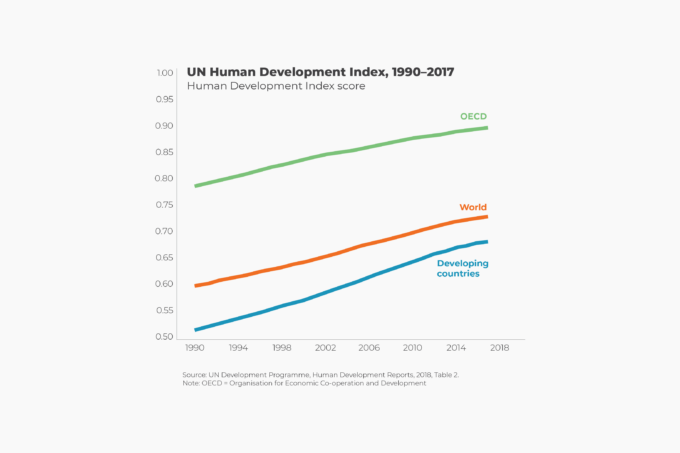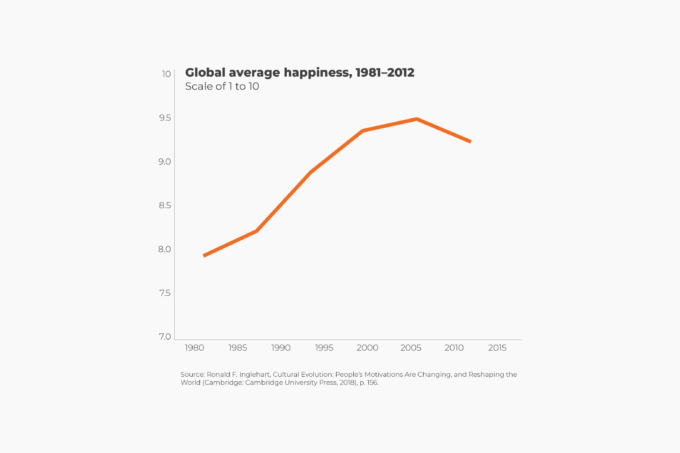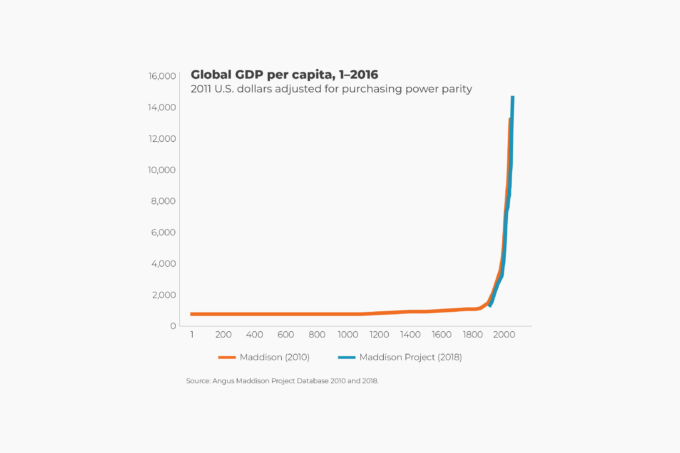Women account for half of the world’s population, yet they have held political power only infrequently. Notwithstanding great female rulers of the past, including Elizabeth I, Catherine the Great, Hatshepsut, Victoria, and Cleopatra, politics used to be dominated by men to a much greater degree than is the case today. That began to change with the enfranchisement of women, beginning at the end of the 19th century. The political empowerment of women came about as a consequence of the Enlightenment, which emphasized equality for all, as well as the growing economic power and independence of women that resulted from the Industrial Revolution.
Of the extant countries, New Zealand was the first to acknowledge women’s right to vote in 1893. Australia did the same in 1901. The first European country to introduce women’s suffrage was Finland in 1906. Norway followed in 1913, and Denmark in 1915. By the end of World War I, women in Canada, Russia, Germany, and Poland also had a vote.
British women won the right to vote in 1918, and American women in 1920. Switzerland was the last European country to legalize women’s suffrage, in 1971. As of 2021, women vote in all countries except the Vatican City State, where only cardinals have the right to elect the pope, Saudi Arabia and Somalia – and of course in some countries, elections remain substantially meaningless.
In 1960, Sirimavo Bandaranaike of Sri Lanka became the world’s first democratically elected female prime minister. In 1980, Vigdís Finnbogadóttir of Iceland became the world’s first democratically elected female president. Between 1960 and 2018, 73 countries have had at least one female leader. In 1990, 12.7 percent of seats in national parliaments were held by women. That number rose to 23.7 percent in 2017. The highest share of female representatives in national parliaments was in Latin America and the Caribbean (29.3 percent), and the lowest was in the Middle East and North Africa (16.2 percent).

